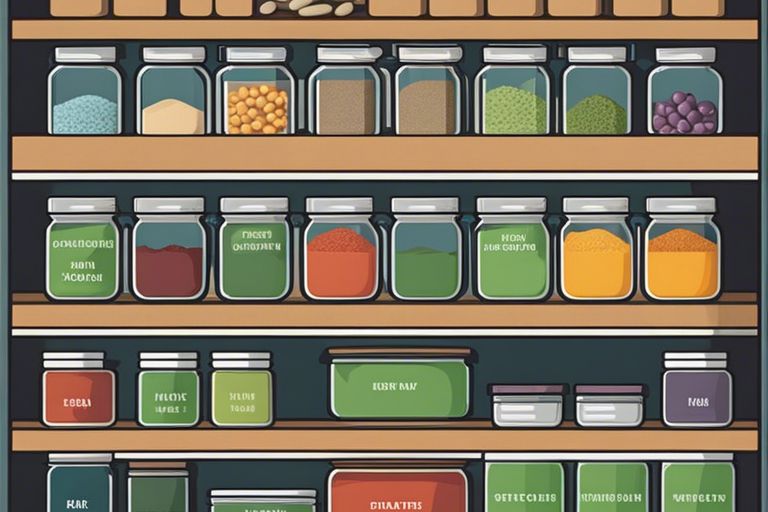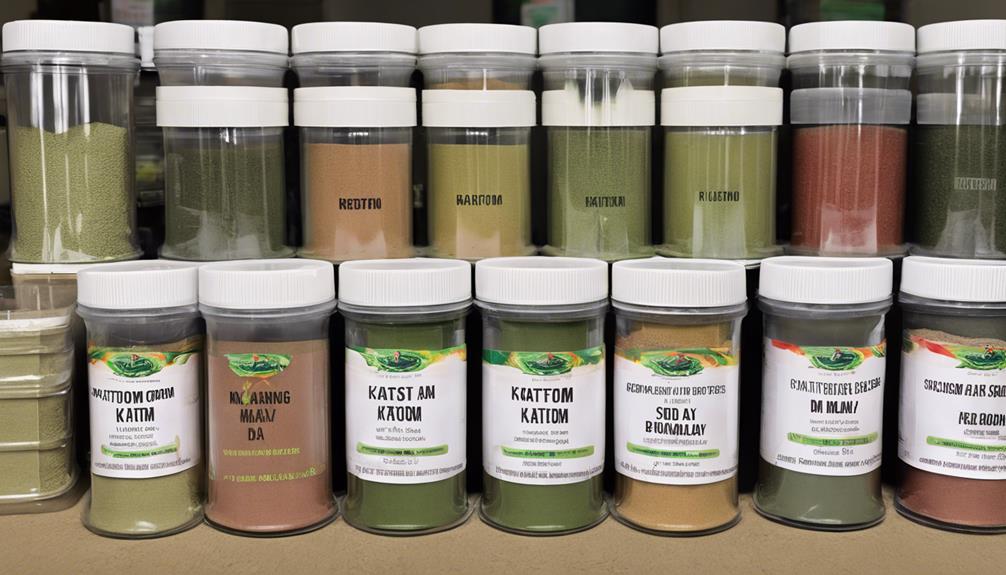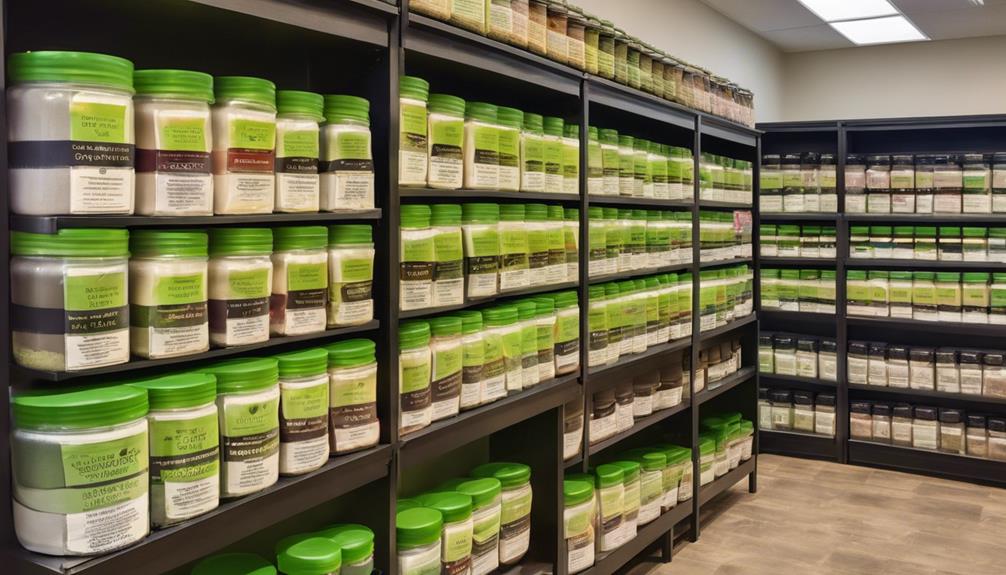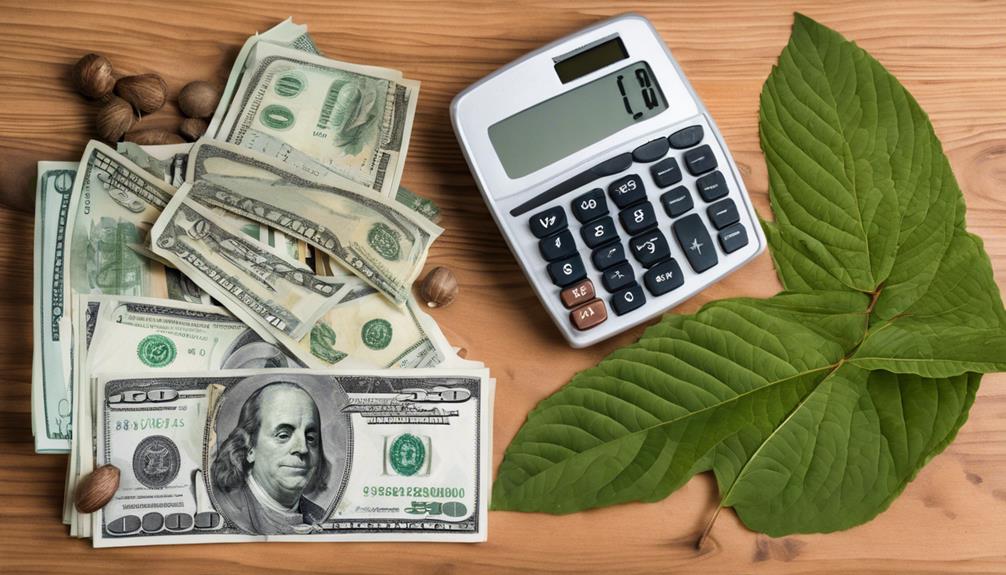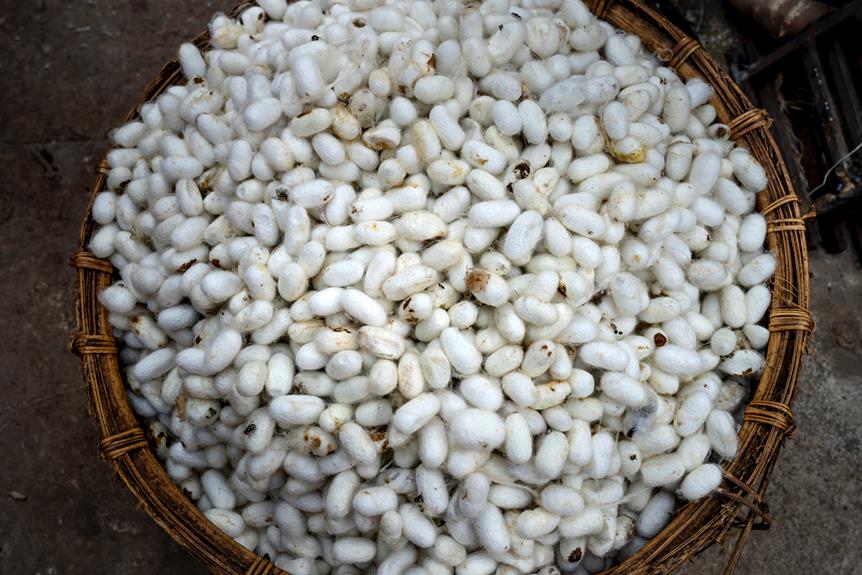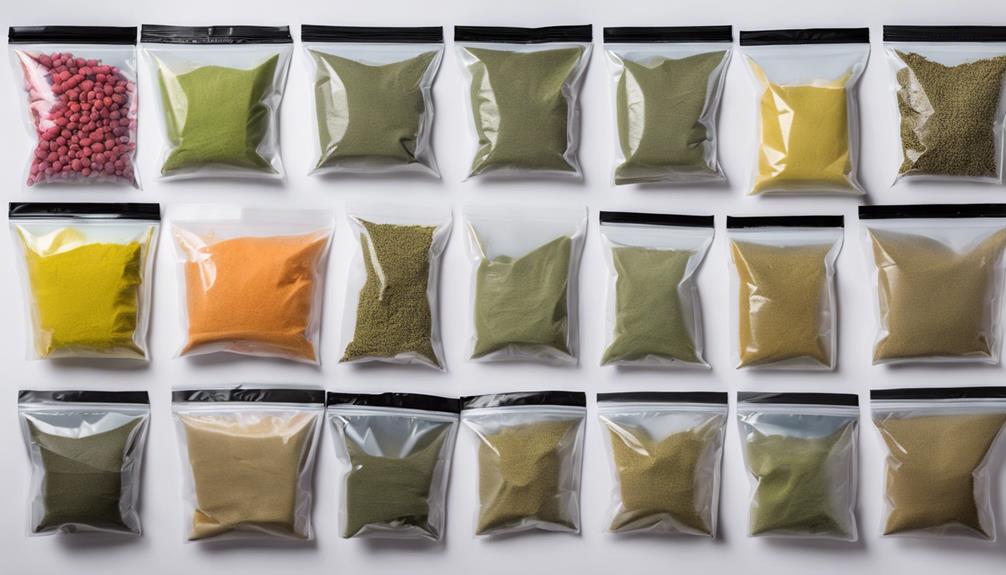Are you looking to preserve your kratom stash for the long haul? Proper storage is crucial to maintain the potency and efficacy of this botanical product. In this comprehensive guide, we will delve into the best practices for storing and preserving kratom for long-term use. From the ideal storage conditions to the top preservation methods, we’ve got you covered. You’ll also learn about the dangers of improper storage and the positive impact of utilizing the right techniques to ensure the longevity of your kratom supply. So, let’s get started on securing your kratom for long-term enjoyment!
Key Takeaways:
- Keep kratom away from light and air: Storing kratom in airtight, opaque containers in a cool, dark place can help preserve its potency and freshness.
- Avoid moisture: Moisture can lead to the growth of mold and bacteria, so it’s important to keep kratom dry and free from humidity.
- Use a vacuum sealer: Using a vacuum sealer can help remove air and seal kratom in airtight bags, preserving its quality for a longer period.
- Store in the freezer: Freezing kratom can help extend its shelf life, but it’s important to use airtight containers to prevent moisture from affecting the product.
- Monitor the storage environment: Regularly check the storage conditions of kratom to ensure it is being kept in the best possible environment for long-term preservation.
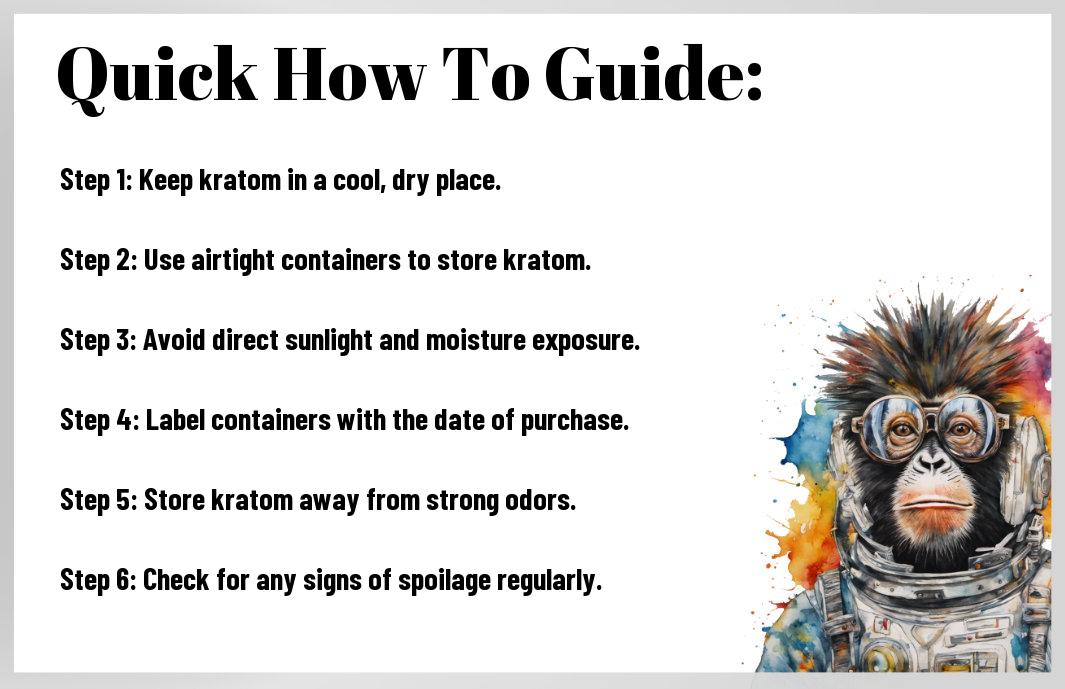
Factors Influencing Kratom’s Freshness and Potency
Obviously, the freshness and potency of kratom can be influenced by various factors. It is important to understand these factors in order to store and preserve kratom for long-term use.
- Environmental Factors
- Physical Factors
Any negligence in considering these factors can result in the deterioration of kratom quality, rendering it less effective for consumption.
Environmental Factors
For kratom, environmental factors such as light, temperature, and moisture play a crucial role in determining its freshness and potency.
- Light: Exposure to direct sunlight can degrade kratom alkaloids, reducing its potency.
- Temperature: Extreme heat or cold can cause kratom to deteriorate, affecting its freshness.
- Moisture: Excessive moisture can lead to mold growth on kratom, impacting its quality.
Thoroughly understanding and controlling these environmental factors is essential for preserving the freshness and potency of kratom.
Physical Factors
Light, air, and storage containers are physical factors that can significantly impact the freshness and potency of kratom.
- Light: Exposure to UV light can accelerate the degradation of kratom, diminishing its potency over time.
- Air: Oxidation due to air exposure can cause kratom to deteriorate, reducing its freshness and effectiveness.
- Storage Containers: Improper storage containers can allow moisture and air to affect kratom quality.
Assume that proper storage in airtight containers, away from light and moisture, is crucial for maintaining the freshness and potency of kratom.
Assume that kratoms are susceptible to environmental and physical factors that can compromise their quality and potency over time. It is imperative to address these factors when storing and preserving kratom for long-term use.
Preparing Kratom for Storage
Despite Kratom: Unsafe and ineffective claims by some sources, for those who believe in the benefits of kratom, proper preparation for storage is crucial to ensure its potency and quality over time. Here are some important steps to take when preparing your kratom for long-term storage.
Initial Quality Check
The first step in preparing your kratom for storage is to check the quality of the product. Ensure that the kratom is free from any foreign matter, such as dust, insects, or any other impurities. Additionally, check for any signs of moisture or mold, as these can significantly impact the potency and safety of the kratom over time. The quality check is crucial in determining the initial state of the kratom before storage, and it ensures that you are starting with a clean and potent product.
Once the quality check is complete, it is important to label the storage containers or bags with the date of purchase and the strain of kratom to keep track of its age and type.
Cleaning and Pre-storage Preparation
The next step is cleaning the storage containers or bags thoroughly to remove any dust, dirt, or residue that could contaminate the kratom. Ensure that the containers are completely dry before transferring the kratom to prevent any moisture buildup. After cleaning, it is important to seal the kratom in airtight containers to prevent exposure to air, light, and moisture, which can degrade its quality over time.
Moreover, it is recommended to add a desiccant pack or oxygen absorber to the storage containers to absorb any excess moisture and maintain the freshness of the kratom. Store the sealed containers in a cool, dark, and dry place away from direct sunlight and extreme temperatures to preserve the potency of the kratom for long-term use.
How to Store Kratom
Keep your kratom fresh and potent by storing it properly. Whether you want to store it for a few weeks or several months, the right storage solutions can make all the difference in maintaining the quality of your kratom.
Short-Term Storage Solutions
The key to short-term kratom storage is to keep it in an airtight container away from sunlight and moisture. Re-sealable plastic bags or glass jars are great options for short-term storage as they can keep the kratom fresh for a few weeks. Make sure to store the containers in a cool, dark place such as a cupboard or a drawer, away from the heat and light of the kitchen. Additionally, avoid exposing kratom to extreme temperature changes, as this can degrade its quality.
Long-Term Storage Strategies
Solutions for long-term kratom storage include vacuum-sealed bags or airtight containers with oxygen absorbers to remove moisture and air. It’s important to keep the kratom in a cool, dark place, so consider using a pantry or a storage room. To further protect your kratom from degradation, you can also store it in the freezer. Make sure to use airtight containers or bags to prevent moisture from getting in and out.
Storage in the freezer can extend the shelf life of kratom significantly, preserving its freshness and potency for months or even years. However, it’s crucial to thaw the kratom to room temperature before opening the container to prevent condensation and moisture from contaminating the kratom.
Special Tips for Storing Different Forms of Kratom
Unlike some other herbs, kratom comes in various forms, such as powder, leaves, and extracts. Each form requires different storage methods to maintain its potency and freshness. Here are some special tips for storing different forms of kratom:
- Keep kratom powder in airtight containers to protect it from moisture and air.
- Store kratom leaves in a cool, dark place to prevent them from drying out.
- Store kratom extracts in airtight containers away from light and heat to maintain their potency.
This approach will help you preserve the freshness and potency of your kratom for long-term use.
Powdered Kratom
On top of the list is the powdered form of kratom, one of the most popular ways to consume this herb. To keep powdered kratom fresh and potent, it’s crucial to store it in an airtight container away from moisture and light. You can also use a vacuum-sealed bag or resealable pouch for added protection. Storing it in a cool and dark place will help maintain its quality over time.
Kratom Leaves
Powdered kratom isn’t the only way to enjoy this herb. In fact, storing kratom leaves is a bit different. Leaves should be kept in a cool, dark place with low humidity to prevent them from drying out and losing their potency. It’s best to store them in a resealable bag or an airtight container to maintain their freshness.
Kratom leaves are commonly used for making tea or extracts, so it’s essential to preserve their quality by storing them properly.
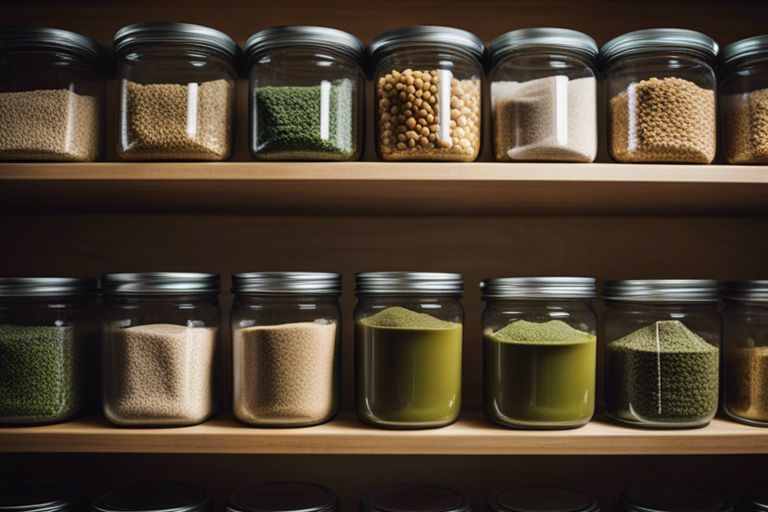
Monitoring Storage Conditions
Now that you have acquired a supply of kratom for long-term use, it’s crucial to monitor the storage conditions to ensure the potency and quality of the product over time.
Tools and Techniques for Consistent Quality
Tools such as airtight containers, desiccant packs, and vacuum sealers can help maintain the freshness of kratom by minimizing exposure to air and moisture. Store your kratom in a cool, dark place away from direct sunlight, as UV rays can degrade the potency of the product. Consider investing in a digital hygrometer to monitor the humidity levels in the storage area, ensuring it stays within the optimal range for kratom preservation.
Additionally, using a vacuum sealer can effectively remove excess air from the storage container, preserving the potency of the kratom. Labeling the storage containers with the date of purchase and strain type will help you keep track of the shelf life and ensure you are consuming the freshest product.
Signs of Deterioration
An important aspect of monitoring kratom storage conditions is being aware of the signs of deterioration. Inspect the kratom for any unusual odors, discoloration, or mold growth. If you notice any of these signs, it’s best to discard the product immediately to avoid any potential adverse effects from consuming compromised kratom.
This proactive approach to monitoring for signs of deterioration is essential in maintaining the quality and safety of your kratom supply for long-term use. By staying vigilant and utilizing the appropriate tools and techniques, you can preserve the potency of your kratom and enjoy its benefits for an extended period.
Revitalizing Aged or Stale Kratom
For those who have found themselves with a stash of aged or stale kratom, there are ways to revitalize its quality and potency, allowing you to continue enjoying its benefits.
Revitalizing kratom can be achieved through various techniques that can help restore its freshness and effectiveness, ensuring that your supply remains potent and usable for an extended period of time.
Techniques to Refresh Quality
Revitalizing aged or stale kratom can be done through several techniques. One effective method is to rehydrate the kratom by placing it in an airtight container along with a damp cloth or paper towel for a few days. This can help restore some of the lost moisture, enhancing its texture and potency.
Alternatively, adding a small piece of citrus peel to the container can infuse the kratom with a fresh aroma and flavor, revitalizing its overall quality. Additionally, you can blend aged kratom with fresher batches to improve its potency and create a more balanced and effective blend.
When to Dispose of Kratom
To ensure the safety and efficacy of your kratom supply, it is important to know when to dispose of it. Over time, kratom can lose its potency and develop a bitter taste, indicating that it may no longer be as effective. Additionally, if the kratom develops a musty or moldy odor, it is crucial to dispose of it immediately to avoid potential health risks.
Kratom that has been stored improperly or for an extended period of time may also lose its effectiveness, making it necessary to discard and replace it with fresher, higher-quality batches. Proper storage and regular evaluation of your kratom supply are essential to maintain its potency and safety.
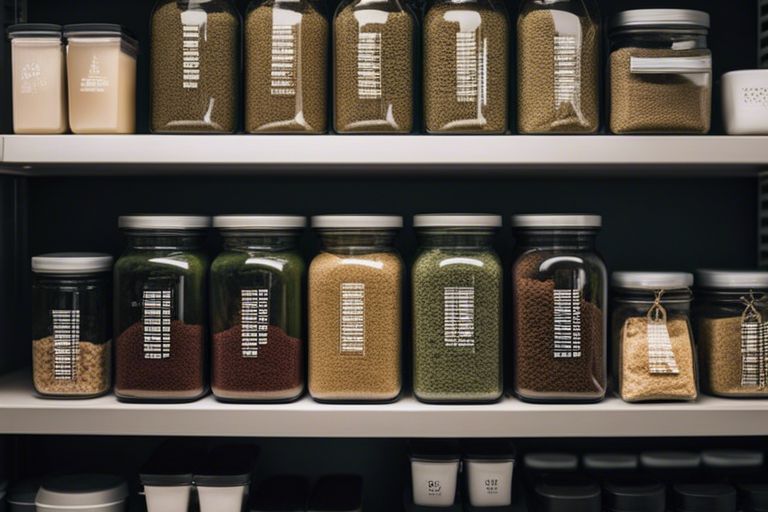
What is the Best Way to Store Kratom for Maintaining Its Potency for Energizing Effects?
When it comes to maintaining the potency of energizing kratom strain discovery, proper storage is key. It’s best to store kratom in an airtight container in a cool, dark place away from direct sunlight and moisture. This will help preserve its freshness and potent effects for longer periods.
Summing up
So, when it comes to storing and preserving kratom for long-term use, it’s crucial to follow the proper methods and techniques to ensure its potency and effectiveness. By keeping your kratom in a cool, dark, and airtight container, you can protect it from moisture, heat, and light, which can degrade its quality over time. Additionally, using desiccants, such as silica gel packets, can help absorb excess moisture and prevent mold and bacteria growth in your kratom stash.
Overall, taking the necessary steps to store and preserve your kratom will extend its shelf life and maintain its potency for future use. Whether you’re a casual user or rely on kratom for its medicinal benefits, following these guidelines will ensure that your supply remains fresh and effective for the long haul.
FAQ
Q: What is the best way to store kratom for long-term use?
A: The best way to store kratom for long-term use is to keep it in an airtight container away from light, moisture, and heat. A cool, dark place such as a cupboard or drawer is ideal for preserving the potency of your kratom over time.
Q: Should kratom be stored in the freezer?
A: No, kratom should not be stored in the freezer. Freezing kratom can cause condensation when it’s removed, which can lead to moisture contamination. It’s best to store kratom at room temperature in a dry, dark environment.
Q: How long can kratom be stored without losing its potency?
A: When stored properly in a cool, dark, and dry place, kratom can retain its potency for up to one to two years. However, it’s important to note that different strains may have varying shelf lives, so it’s best to use kratom within a reasonable time frame for optimal effects.
Q: Is vacuum-sealing an effective method for long-term kratom storage?
A: Yes, vacuum sealing is an effective method for long-term kratom storage. By removing excess air and sealing the kratom in airtight packaging, you can help prevent exposure to moisture and oxidation, thus preserving its potency and freshness for an extended period.
Q: What are the signs that kratom has gone bad or expired?
A: Signs that kratom has gone bad or expired include a noticeable change in color, a musty or moldy odor, or a significant loss of potency or effectiveness. If you notice any of these signs, it’s best to discard the kratom to avoid any potential adverse effects.
